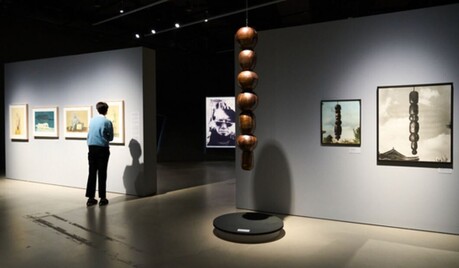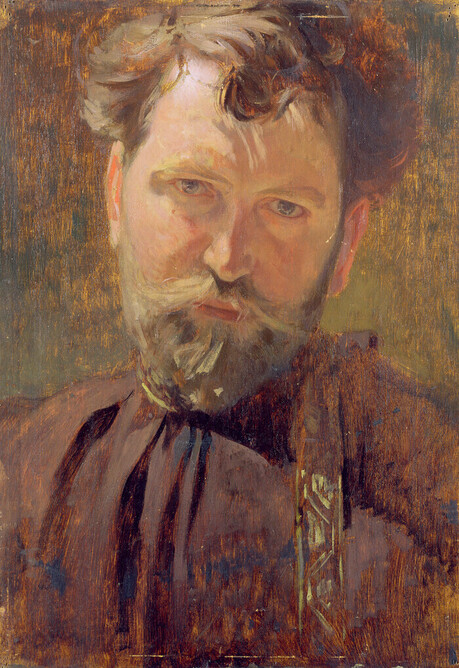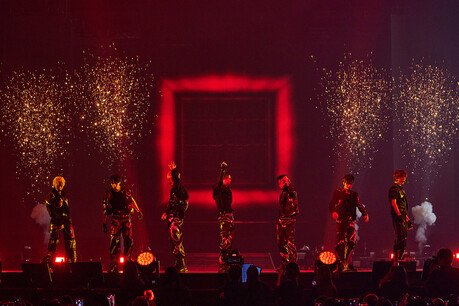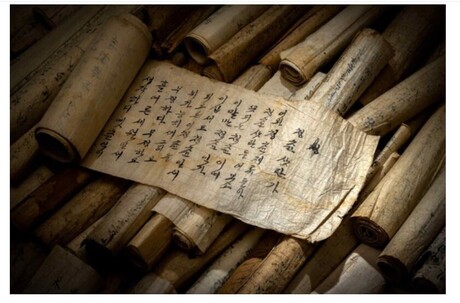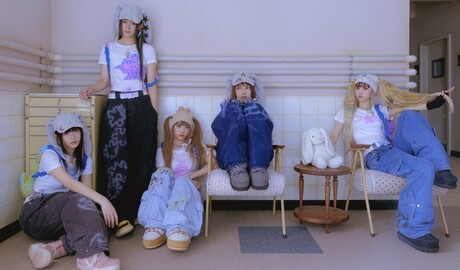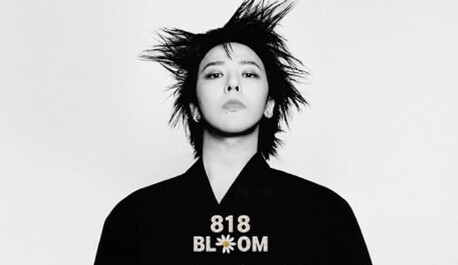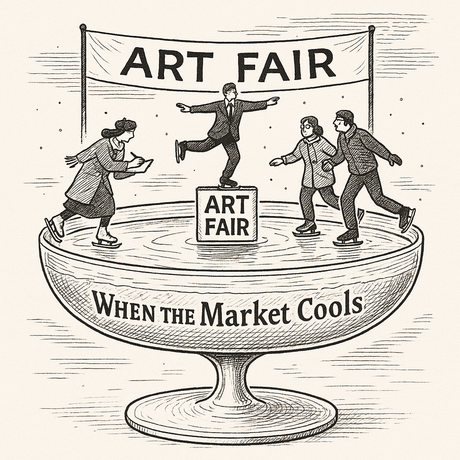A comprehensive exhibition featuring traditional art forms is currently on display at the Mary C. O'Keefe Cultural Arts Center in Ocean Springs, Mississippi. The gallery showcases "Made in Mississippi: Art of the Last 15 Years" by Biloxi resident Michael Richardson, highlighting his dedication to preserving traditional artistic techniques that are slowly disappearing from contemporary practice.
Richardson, who moved to the Mississippi Gulf Coast from Maryland 35 years ago, has built a unique career combining his passion for art with home restoration work in Biloxi. Trained in printmaking and experienced as a puppeteer, Richardson tells stories through shadows and movement, using various traditional media that span different cultural traditions. The artist admits it took him until his 60s to fully understand how his diverse artistic pursuits connected to form a cohesive body of work.
"Then one day it occurred to me that it was all the same. Basically, that I loved old things and I was sad to see things disappear," Richardson explained. His passion extends from old houses to traditional art mediums that have fallen out of favor, particularly art forms created in pre-industrial times. "It's still wonderful work but the sort of funding context changed. And now, how do we keep it alive?" he questioned.
The current exhibition represents Richardson's attempt to answer that very question. The gallery features a diverse collection including intaglio printmaking, handcrafted puppets, and fabric drawings that draw inspiration from Southeast Asian artistic traditions. One of the most notable techniques displayed is kalamkari, an ancient Indian art form where fabric is soaked in milk before artists draw on it with a stick. Richardson has embraced this dying technique as part of his mission to preserve traditional art forms.
"Like the other forms, I said let's do new work in this medium and bring them to life and shine public view on these forms. Also, maybe call attention to the greater topic of dislocation of culture," Richardson stated. His approach involves creating contemporary works using these traditional methods, thereby demonstrating their continued relevance and beauty to modern audiences.
The exhibition's centerpiece includes Richardson's shadow puppets, which are displayed on multiple walls throughout the gallery to tell stories of justice. Visitors examining his kalamkari designs may notice hints of puppet characters within the drawings, a connection that Richardson describes as an "ah-ha moment" in his artistic development. This cross-pollination between different art forms has become a signature element of his work.
Richardson's creative process involves revisiting and combining elements from his previous works. "I started combining aspects of prior works going 'You know, I really don't think this guy got featured enough,'" he shared. A major component of the exhibit, "The Puppets in Hell" piece, exemplifies this approach, as every single puppet drawn in that work originated as a shadow puppet before being transformed into the final piece.
While maintaining his artistic practice, Richardson has successfully balanced his creative pursuits with practical work, making a living by restoring and fixing up older homes in Biloxi since his arrival from Maryland three and a half decades ago. This dual focus on preserving both architectural and artistic heritage reflects his broader philosophy of maintaining connections to the past while adapting to contemporary needs.
The "Made in Mississippi: Art of the Last 15 Years" exhibition will remain on display at the Mary C. O'Keefe Cultural Arts Center through December, providing visitors with an extended opportunity to experience Richardson's unique blend of traditional techniques and contemporary storytelling. The show serves as both an artistic achievement and a cultural preservation effort, highlighting the importance of maintaining traditional art forms in an increasingly digital world.
SayArt.net
Jason Yim yimjongho1969@gmail.com
















